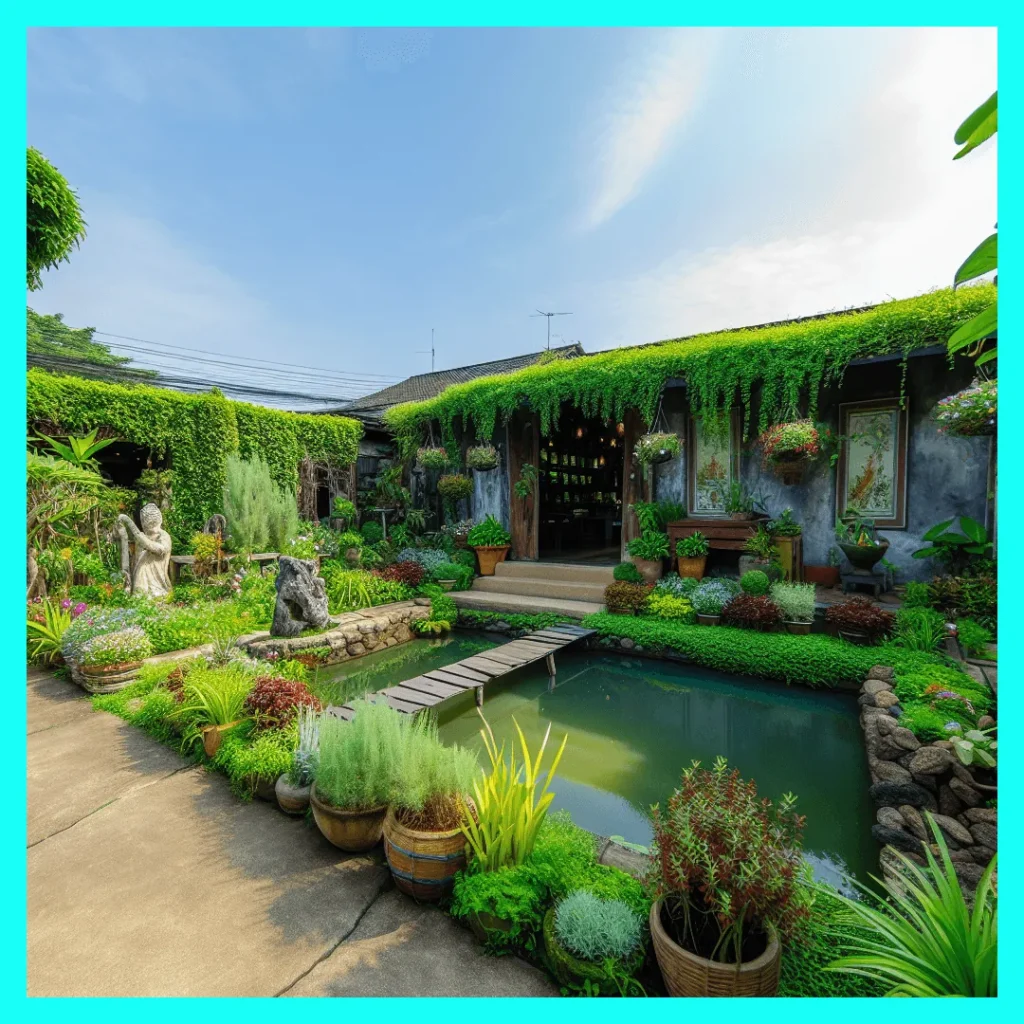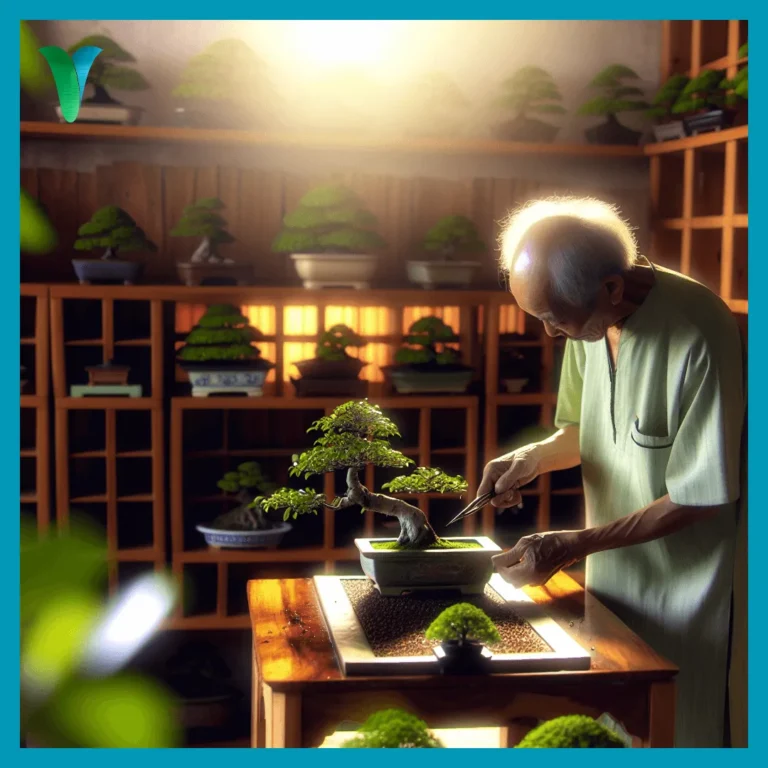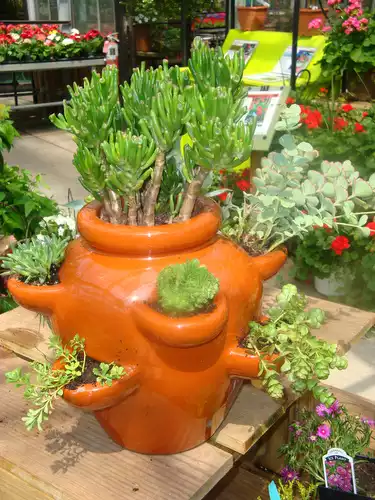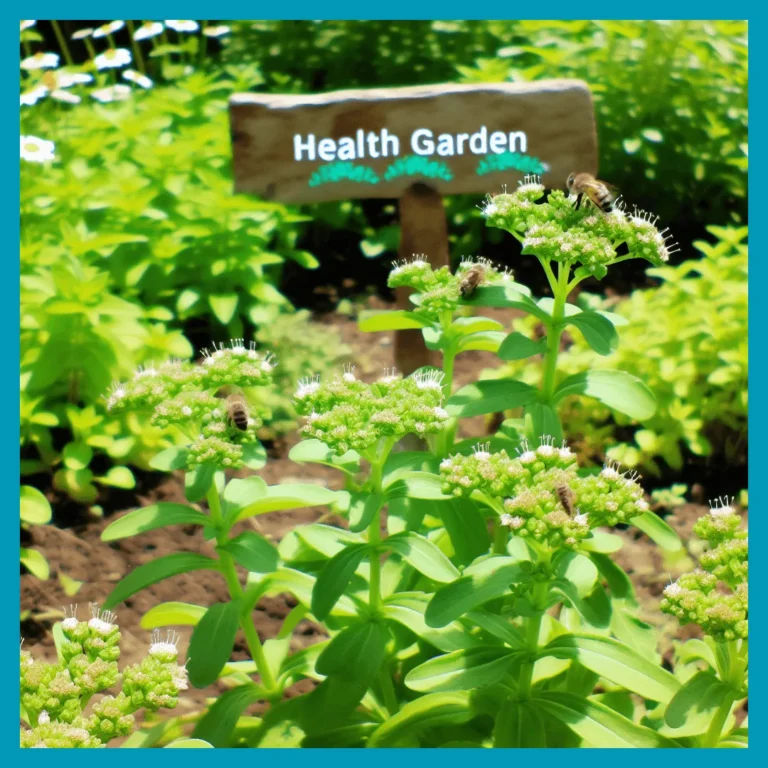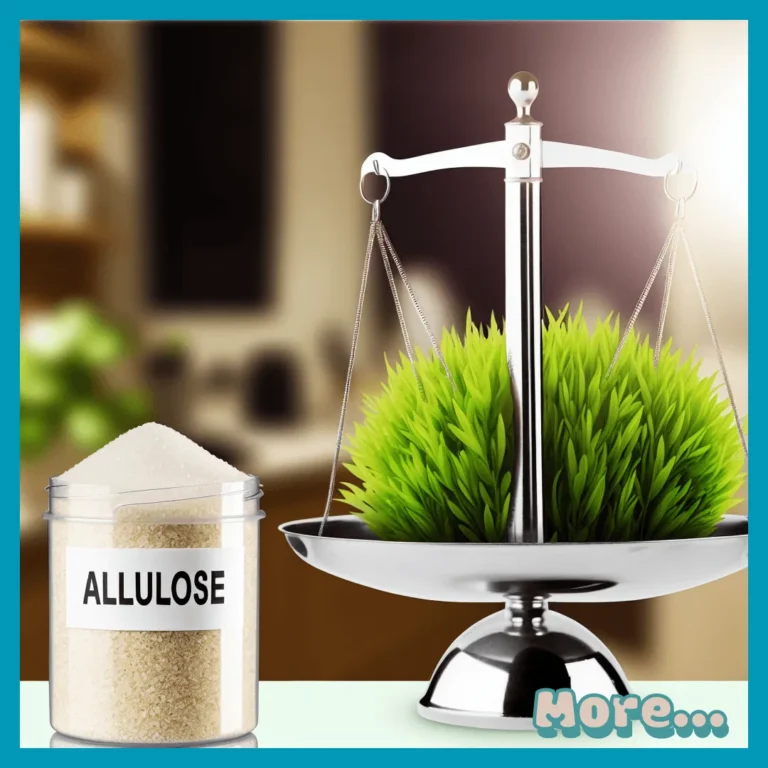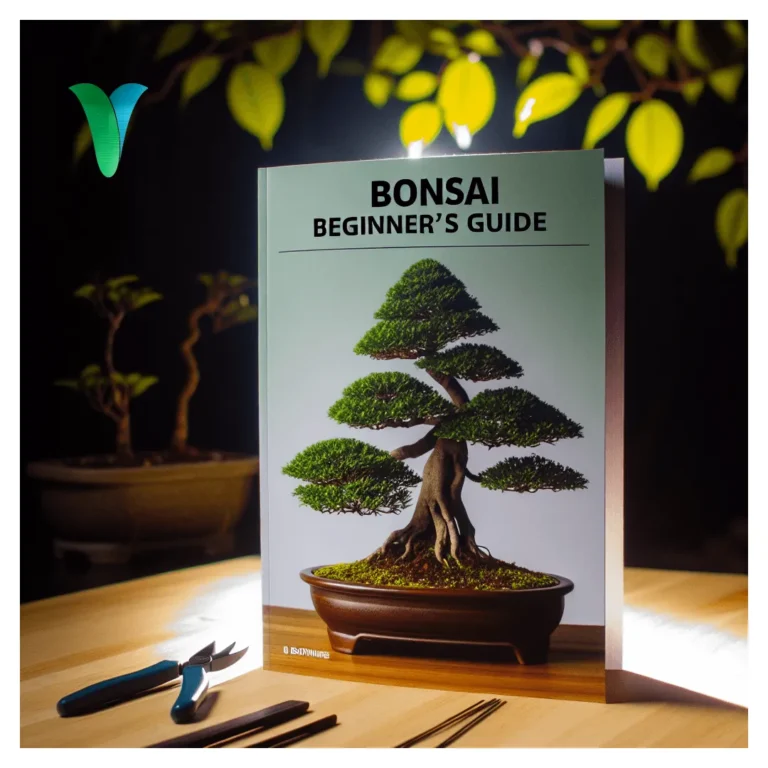Outside Garden Rooms
Picture this: a serene escape just steps away from your back door, where nature meets comfort in a symphony of greenery and style.
Welcome to the world of outside garden rooms, an enchanting trend that’s transforming ordinary backyards into extraordinary retreats.
Imagine sipping your morning coffee surrounded by blooming flowers and fluttering butterflies or unwinding after a long day enveloped in the calming embrace of lush foliage and soft, ambient lighting.
Outside garden rooms are not just a space; they’re an experience, blending the boundaries between indoors and out to create a haven that celebrates the beauty of nature while offering all the comforts of home.
This exciting movement is redefining outdoor living, inviting homeowners to rethink their relationship with their gardens.
No longer merely spaces for planting and play, gardens are becoming extensions of our living areas—rooms without walls, where the ceiling is the sky itself.
Whether you dream of a cozy reading nook nestled among fragrant jasmine or an elegant outdoor dining area perfect for summer soirees, outside garden rooms offer endless possibilities to enhance your lifestyle and connect with nature in ways you’ve never imagined.
Let’s embark on this journey together, exploring how these magical spaces can transform not just our homes but also our lives.
Table of Contents Outside Garden Rooms
Advantages and disadvantages of outdoor garden rooms
Outdoor garden rooms offer a range of benefits that make them an appealing addition to any home.
Firstly, they provide a peaceful and tranquil space for relaxation, allowing individuals to escape from the hustle and bustle of daily life.
Additionally, outdoor garden rooms can enhance the aesthetic appeal of a property, creating a beautiful and inviting atmosphere.
They also offer versatility, as they can be utilized for various purposes such as a home office, an exercise studio, or even a guest room.
Moreover, these spaces allow individuals to connect with nature, providing an opportunity to enjoy fresh air and natural surroundings.
However, it is important to consider the potential drawbacks of outdoor garden rooms.
These spaces require regular maintenance to keep them in optimal condition, including cleaning, landscaping, and weatherproofing.
Additionally, the initial cost of constructing an outdoor garden room can be significant, depending on the size and materials used.
Furthermore, extreme weather conditions may limit the usability of these spaces, especially during colder months or in areas prone to harsh weather.
Overall, while outdoor garden rooms offer numerous advantages, it is essential to carefully weigh the potential disadvantages before making a decision.
Choosing the perfect location for your garden room
When selecting the ideal location for your garden room, there are several factors to consider.
Firstly, assess the available space in your garden and determine the size and shape of the garden room that will fit comfortably.
Consider the layout of your garden and how the garden room will integrate with its surroundings.
It’s essential to choose a location that receives adequate sunlight throughout the day, as this will not only provide a pleasant environment but also support the growth of plants or flowers around the garden room.
Additionally, consider the privacy and views offered by different areas of your garden, ensuring that the chosen location offers a peaceful and aesthetically pleasing setting.
Lastly, take into account any existing features or structures in your garden, such as trees or fences, that may impact the placement and orientation of the garden room.
By carefully considering these factors, you can choose the perfect location for your garden room, creating a harmonious and functional space within your outdoor sanctuary.
How to properly prepare the site for your garden room
To ensure the proper preparation of the site for your garden room, it is essential to begin by clearing the area of any debris, vegetation, or obstacles.
This will provide a clean and level surface on which to build your garden room.
It is recommended to remove any plant roots or large rocks that may cause issues during construction or affect the stability of the structure.
Next, it is crucial to assess the ground conditions and make any necessary adjustments.
This may involve leveling the ground or adding a layer of gravel or concrete to create a stable foundation.
Proper drainage should also be considered to prevent water accumulation around the garden room.
This can be achieved by incorporating a gradient or installing drainage systems if needed.
Additionally, it is important to check for any underground utilities such as water pipes, gas lines, or electrical cables.
Contacting the relevant authorities or hiring professionals to perform utility checks can help ensure safety and avoid any potential disruptions or accidents during construction.
Finally, consider the placement of utilities such as electricity, water supply, and heating if required for your garden room.
Planning the location and connections for these utilities beforehand will facilitate the installation process and ensure convenience in the long run.
By thoroughly preparing the site for your garden room, you can create a solid foundation and optimal conditions for the construction and enjoyment of your outdoor space.
Different types of garden rooms to consider
When considering the various options for garden rooms, it is crucial to first evaluate your specific needs and preferences.
One popular choice is the traditional garden studio, which provides a versatile space for work or leisure activities.
These studios often feature large windows to maximize natural light and create a bright and inviting atmosphere.
Another option to consider is a garden office, which offers a dedicated workspace separate from the main house.
These offices are designed with functionality in mind, with features such as ample storage and built-in desks.
For those seeking a relaxing retreat, a garden gym or spa room can be an excellent choice.
These rooms can be customized with equipment and amenities to create a personalized wellness space.
Lastly, for those looking to accommodate guests or expand their living space, a garden guest house or annex can provide a comfortable and private area for visitors.
By carefully considering your needs and desires, you can select the perfect garden room that complements your lifestyle and enhances your outdoor living experience.
Incorporating natural elements into your garden room
Creating a garden room that incorporates natural elements can enhance the overall aesthetic and create a harmonious connection with the outdoor environment.
One approach is to incorporate plants and greenery into the space, whether through potted plants, hanging baskets, or vertical gardens.
This not only adds a touch of nature but also improves air quality and creates a soothing atmosphere.
Additionally, incorporating natural materials such as wood, stone, or bamboo can add warmth and texture to the room.
Consider using reclaimed or sustainable materials to further enhance the eco-friendly aspect of the design.
Natural lighting is also essential, so incorporating large windows or skylights can maximize sunlight and provide a seamless transition between the indoor and outdoor spaces.
By integrating these natural elements, your garden room will become a tranquil retreat that invites relaxation and connection with nature.
The benefits of adding insulation
Insulation plays a crucial role in the functionality and comfort of your outside garden room.
Adding insulation offers a multitude of benefits that go beyond just regulating temperature.
Firstly, insulation helps to reduce energy consumption by minimizing heat transfer, keeping the room warmer in winter and cooler in summer.
This not only lowers your energy bills but also contributes to a more sustainable and eco-friendly space.
Additionally, insulation acts as a sound barrier, reducing noise pollution from outside and creating a quieter and more peaceful environment.
It also helps to prevent moisture buildup, condensation, and potential damage to the structure, ensuring the longevity and durability of your garden room.
Overall, adding insulation enhances the overall performance and comfort of your outside garden room, allowing you to fully enjoy its functionality and relaxation benefits throughout the year.
Adding lighting and electrical outlets
One important aspect to consider when creating your outside garden room is the addition of proper lighting and electrical outlets.
Adequate lighting not only enhances the aesthetic appeal of your space but also ensures safety and functionality during evening hours.
Strategically placed lighting fixtures, such as overhead lights, wall sconces, or pathway lights, can create a warm and inviting ambiance while illuminating key areas for activities or relaxation.
Furthermore, the installation of electrical outlets provides convenience and versatility, allowing you to power various devices and appliances within your garden room.
Whether it’s charging your phone, playing music, or using outdoor appliances, having accessible electrical outlets ensures a seamless experience in your outside sanctuary.
It is essential to consult with a professional electrician to ensure proper installation and adherence to electrical safety codes, providing you with a reliable and secure electrical system for your outside garden room.
Maintenance tips for your garden room
To keep your garden room in optimal condition, regular maintenance is key.
Start by inspecting the structure for any signs of wear or damage, such as loose screws, cracks, or water leakage.
Addressing these issues promptly will prevent further damage and preserve the integrity of your garden room.
Additionally, it is important to clean the windows, both inside and outside, to maintain clarity and maximize natural light.
Clear any debris, leaves, or dirt from the roof and gutters to prevent blockage and potential water damage.
If you have installed any outdoor furniture or decor, check for any signs of damage, such as rust or fading, and repair or replace as necessary.
Finally, keeping the surrounding area well-maintained by trimming bushes, mowing the lawn, and removing weeds will enhance the overall appearance of your garden room.
By following these maintenance tips, you can ensure that your garden room remains a welcoming and enjoyable space for years to come.
Pros and cons of outdoor rooms
When considering the benefits and drawbacks of outdoor rooms, it is important to analyze both sides of the equation.
On one hand, outdoor rooms provide a unique and versatile space to relax and entertain.
They allow homeowners to enjoy the beauty of nature while still having the comfort and convenience of an indoor setting.
Outdoor rooms can enhance the aesthetics of a property, creating a seamless transition between the house and the surrounding landscape.
Additionally, these spaces offer opportunities for gardening and outdoor activities, promoting a healthier and more active lifestyle.
On the other hand, outdoor rooms may require additional maintenance and upkeep compared to traditional indoor spaces.
Exposure to the elements can lead to wear and tear, requiring regular cleaning and repairs.
Furthermore, extreme weather conditions may limit the usability of these spaces during certain times of the year.
It is also important to consider the cost implications of building and furnishing an outdoor room, as it can be a substantial investment.
Ultimately, the decision to have an outdoor room comes down to personal preference, lifestyle, and budget considerations.
Selecting the ideal garden room spot
When it comes to selecting the ideal spot for your garden room, careful consideration is paramount.
Start by observing the layout and topography of your outdoor space.
Look for a location that offers sufficient sunlight throughout the day, as this will provide a warm and inviting atmosphere.
Additionally, consider the surrounding landscape and how it complements the overall aesthetic of your property.
Take note of any trees, shrubs, or structures that could potentially obstruct views or impede the placement of your garden room.
Furthermore, think about proximity to amenities such as water and electricity sources, as this will affect the ease of installation and functionality of your outdoor space.
Lastly, consider privacy and tranquility, as selecting a spot away from busy areas or neighboring properties can enhance the peacefulness and enjoyment of your garden room.
By carefully assessing these factors, you can create an outdoor oasis that seamlessly integrates with your surroundings and meets your specific needs and preferences.
Preparing your site correctly
To ensure your garden room is properly prepared and optimized for functionality, it is essential to take certain steps before the installation process begins.
Firstly, clear the designated area of any debris, vegetation, or obstructions that may hinder the construction process.
This includes removing rocks, roots, or any other potential hazards.
Next, evaluate the ground’s stability and levelness.
Uneven terrain can lead to structural issues and compromise the longevity of your garden room.
Consider using a leveling tool or seeking professional assistance to ensure a solid foundation.
Additionally, it is crucial to assess the drainage of the site.
Adequate drainage will prevent water accumulation and potential damage to your garden room.
Lastly, consider any necessary utility connections such as electricity or water supply.
Ensuring that these services are readily accessible in your chosen area will contribute to the functionality and convenience of your outdoor space.
By meticulously preparing your site, you lay the groundwork for a successful installation and the long-term enjoyment of your Outside Garden Room.
Explore various garden room options
With a multitude of garden room options available, you have the opportunity to explore various designs and styles that suit your specific needs and preferences.
Whether you envision a cozy retreat for relaxation, a home office for remote work, or a versatile space for entertaining guests, there are garden room options to fulfill your desires.
From contemporary designs featuring sleek lines and large windows to rustic cabins that blend seamlessly with nature, you can find a garden room that complements your outdoor space and enhances its overall aesthetics.
Additionally, consider the different materials, such as wood or metal, that can be used in the construction of your garden room, each offering unique advantages in terms of durability and visual appeal.
By exploring the diverse range of garden room options, you can create a space that seamlessly integrates with your garden and provides a functional and stylish extension to your living area.
Enhance your space with nature
Creating a harmonious and inviting space in your garden goes beyond the physical structure of a garden room.
One way to truly enhance your space is by incorporating the beauty of nature into its design.
By strategically placing plants, flowers, and trees around your garden room, you can create a serene and tranquil ambiance that brings a sense of peace and tranquility to the area.
Consider selecting a variety of plants that bloom at different times of the year, ensuring that your garden room remains vibrant and colorful throughout the seasons.
Additionally, incorporating natural elements such as a water feature or a small rock garden can further enhance the connection between your garden room and the surrounding environment.
By inviting nature into your space, you can create a truly enchanting atmosphere that allows you to unwind, recharge, and connect with the beauty of the outdoors.
Insulation for year-round use
When it comes to maximizing the functionality and comfort of your outside garden room, insulation plays a crucial role.
With proper insulation, your garden room can be transformed into a versatile space that can be enjoyed throughout the year, regardless of external weather conditions.
Insulation helps to regulate temperature, minimizing heat loss during colder months and preventing excessive heat gain during warmer months.
This not only ensures a comfortable environment for relaxation and entertainment but also contributes to energy efficiency and cost savings in the long run.
By investing in high-quality insulation materials and installation, you can create an insulated sanctuary that offers respite from the elements and allows for year-round use of your outside garden room.
Illuminate and power your space
To fully enhance the functionality and ambiance of your outside garden room, it is essential to illuminate and power your space effectively.
Adequate lighting brings a warm and inviting atmosphere to your garden room, allowing you to enjoy it even after the sun sets.
Installing a combination of overhead lights, wall sconces, and accent lighting can create a layered and dynamic lighting design that highlights different areas and features within your space.
Additionally, ensuring a reliable power supply is crucial for powering electrical appliances, entertainment systems, and outdoor speakers, enabling you to fully utilize your garden room for various activities and gatherings.
With carefully planned lighting and a robust power infrastructure, you can create a welcoming and versatile environment in your outside garden room.
Tips for maintaining your garden room
Regular maintenance is key to keeping your garden room in optimal condition.
Start by regularly inspecting the exterior for any signs of damage, such as cracks or rot, and promptly address any issues to prevent further deterioration.
Regularly clean the windows and doors to maintain their clarity and functionality.
Trim any overgrown vegetation around the garden room to prevent it from causing damage or blockage.
Additionally, check and clean the gutters to ensure proper drainage and prevent water damage.
Regularly dust and clean the interior surfaces, including furniture and fixtures, to maintain a clean and inviting space.
Finally, consider applying a fresh coat of paint or sealant as needed to protect the exterior from weathering and maintain its aesthetic appeal.
By following these maintenance tips, you can ensure that your garden room remains a beautiful and functional space for years to come.
In conclusion, outside garden rooms are an excellent addition to any home.
Not only do they add value and increase usable space, but they also provide a tranquil and beautiful outdoor oasis.
With the help of a professional designer and builder, you can create a customized and functional space that meets your specific needs and style.
Whether it’s for entertaining, relaxation, or work, an outside garden room is a worthwhile investment that will enhance your home and lifestyle.
So why wait? Consider adding an outside garden room to your property today and enjoy the many benefits it has to offer.
FAQ
What are the benefits of creating an outside garden room in your backyard?
Creating an outside garden room in your backyard offers numerous benefits such as providing a peaceful retreat, enhancing the aesthetic appeal of your outdoor space, increasing property value, promoting relaxation and stress relief, attracting wildlife, fostering gardening skills, and serving as a versatile space for social gatherings, entertainment, and outdoor activities.
Overall, an outside garden room can significantly improve the quality of life and enjoyment of your home environment.
What are some key design elements to consider when planning an outside garden room?
When planning an outside garden room, key design elements to consider include selecting appropriate landscaping features, incorporating comfortable seating and outdoor furniture, creating a focal point or focal area, utilizing lighting for ambiance and functionality, incorporating privacy elements such as hedges or screens, choosing weather-resistant materials, and incorporating plants and flowers for color and texture.
It is also important to consider the overall layout and flow of the space to ensure a harmonious and inviting outdoor environment.
Ultimately, the design should reflect your personal style and create a peaceful and relaxing outdoor retreat.
How can you incorporate sustainable and eco-friendly practices into your outside garden room design?
To incorporate sustainable and eco-friendly practices into your outside garden room design, consider using recycled or reclaimed materials for furniture and decor, utilizing rainwater harvesting systems for irrigation, planting native and drought-tolerant plants to reduce water consumption, implementing composting techniques for organic waste, and integrating solar-powered lighting or energy-efficient fixtures.
Additionally, creating habitat areas for local wildlife and avoiding the use of chemical pesticides or fertilizers can further enhance the environmental friendliness of your garden space.
By prioritizing sustainability and eco-conscious choices in your design, you can reduce your environmental impact and create a more harmonious outdoor space.
What are some creative ways to use an outside garden room for entertaining or relaxation?
Some creative ways to use an outside garden room for entertaining or relaxation could include setting up a cozy seating area with comfortable furniture and lighting for evening gatherings, incorporating a small fire pit or outdoor heater for warmth and ambiance, creating a mini outdoor bar or beverage station for hosting guests, adding a hammock or swinging bench for relaxation, installing a water feature like a fountain or pond for a calming atmosphere, and using decorative plants, hanging lights, and outdoor rugs to enhance the overall aesthetic and create a welcoming space.
How can you extend the use of your outside garden room into the cooler months or evenings?
To extend the use of your outside garden room into cooler months or evenings, consider adding outdoor heaters, fire pits, blankets, cozy seating options, and outdoor lighting to create a warm and inviting atmosphere.
Additionally, planting winter-friendly plants, installing a pergola or canopy for shelter, and incorporating outdoor rugs can help make the space more comfortable and functional during colder weather.
Don’t forget to also utilize insulated containers for plants and invest in outdoor furniture covers to protect your assets from the elements.
With these adjustments, you can enjoy your outdoor garden room year-round.

